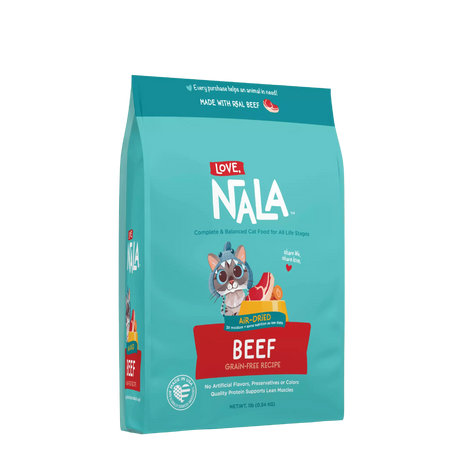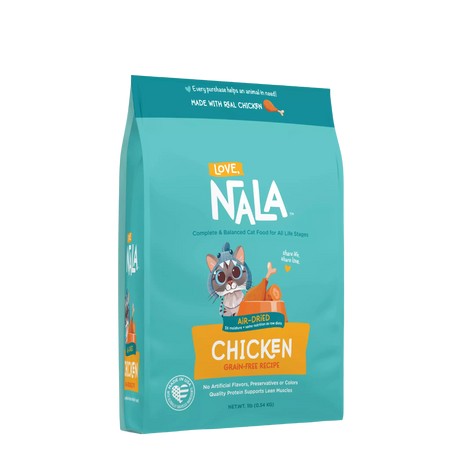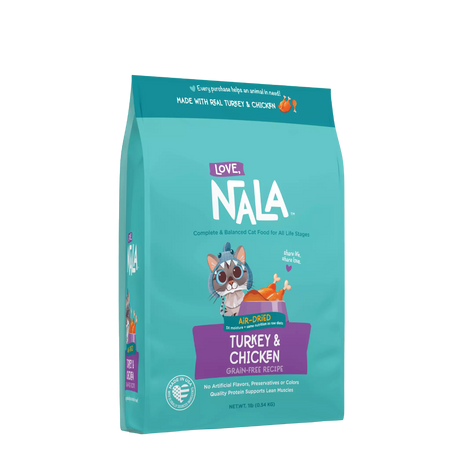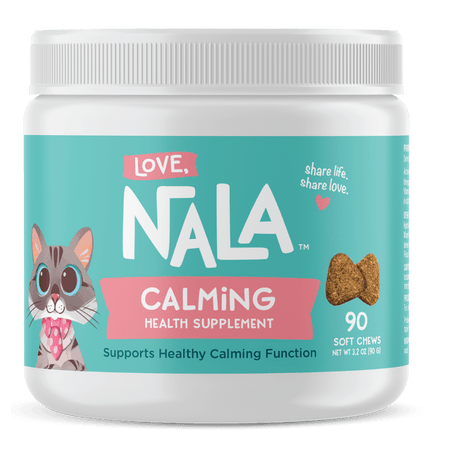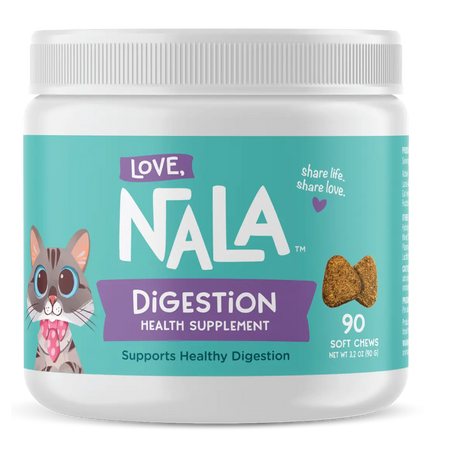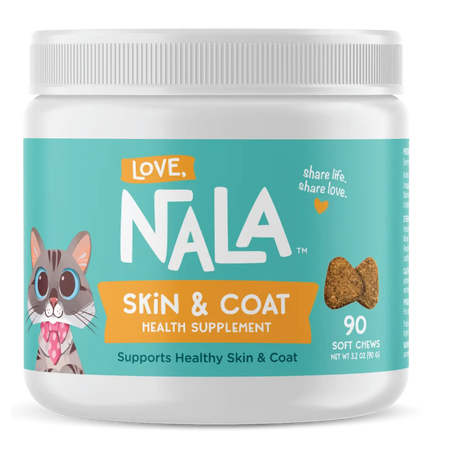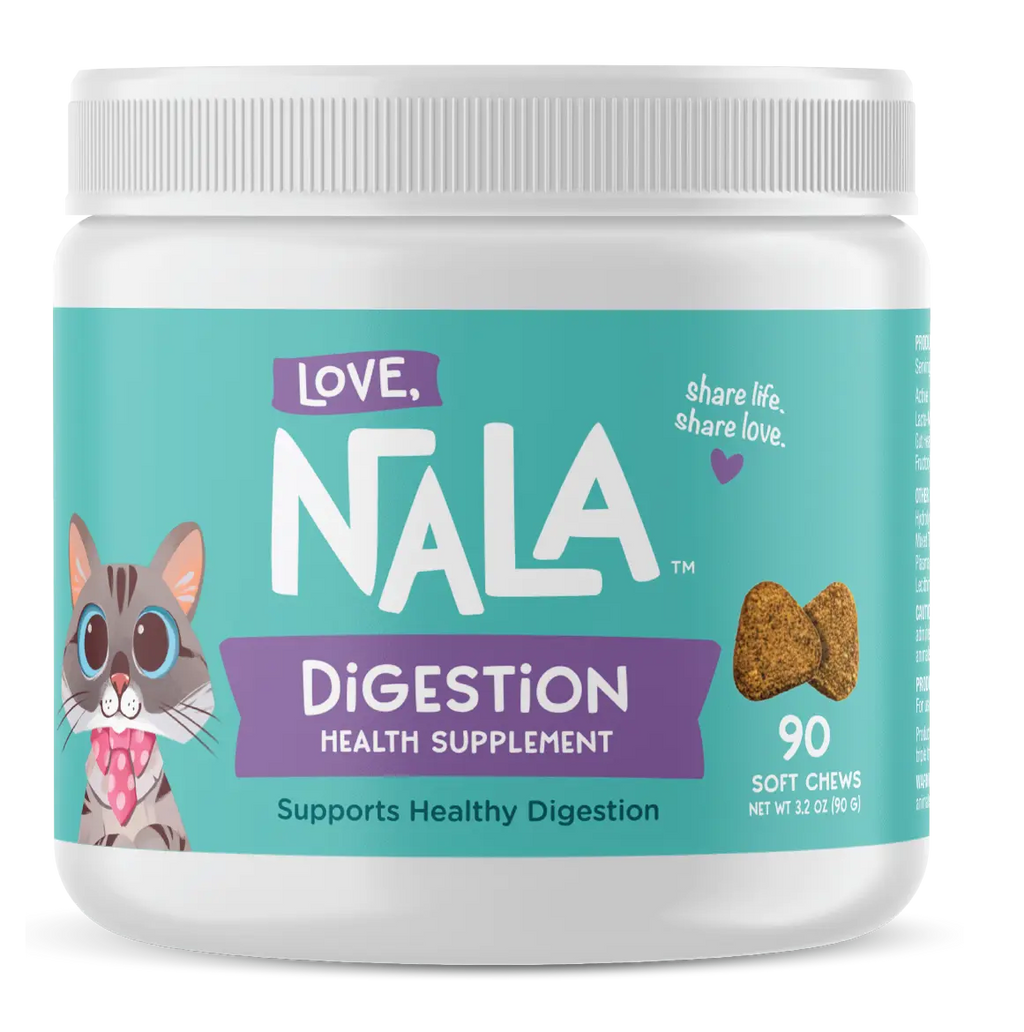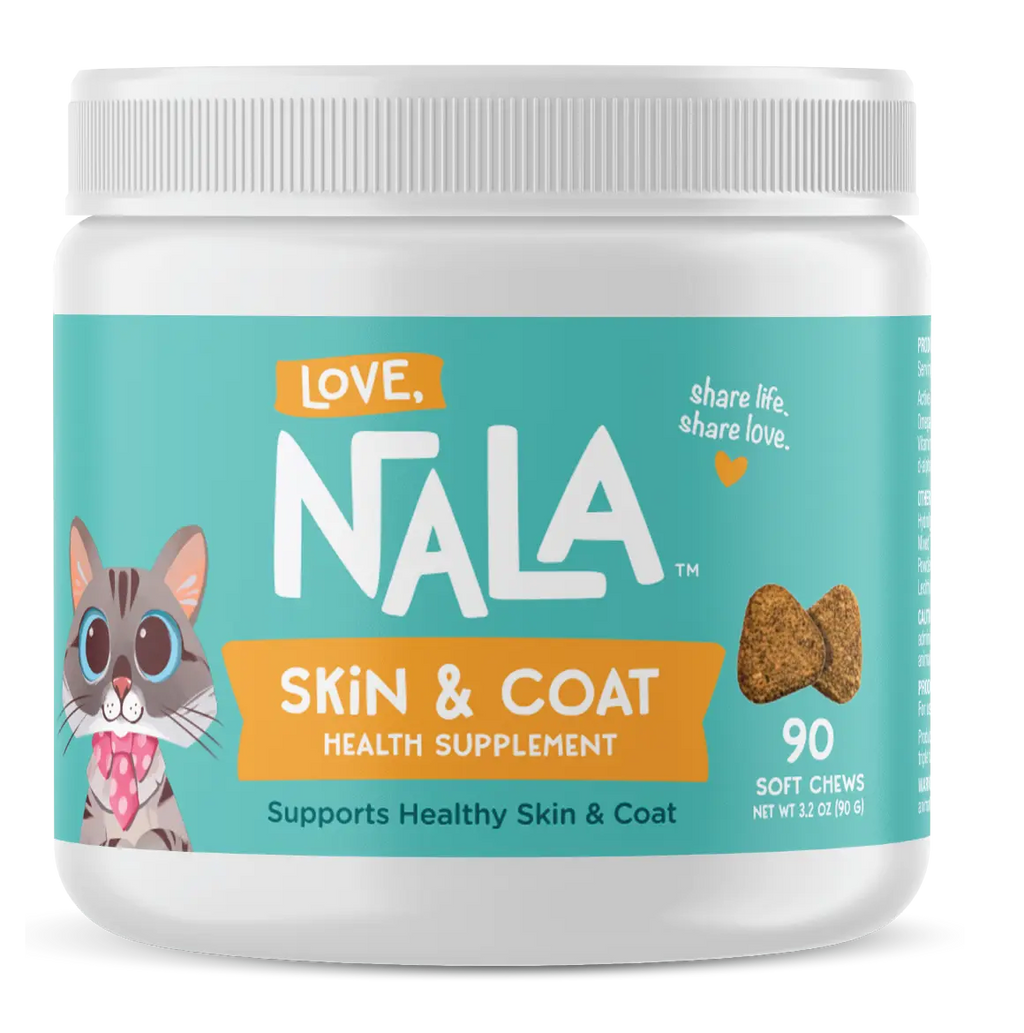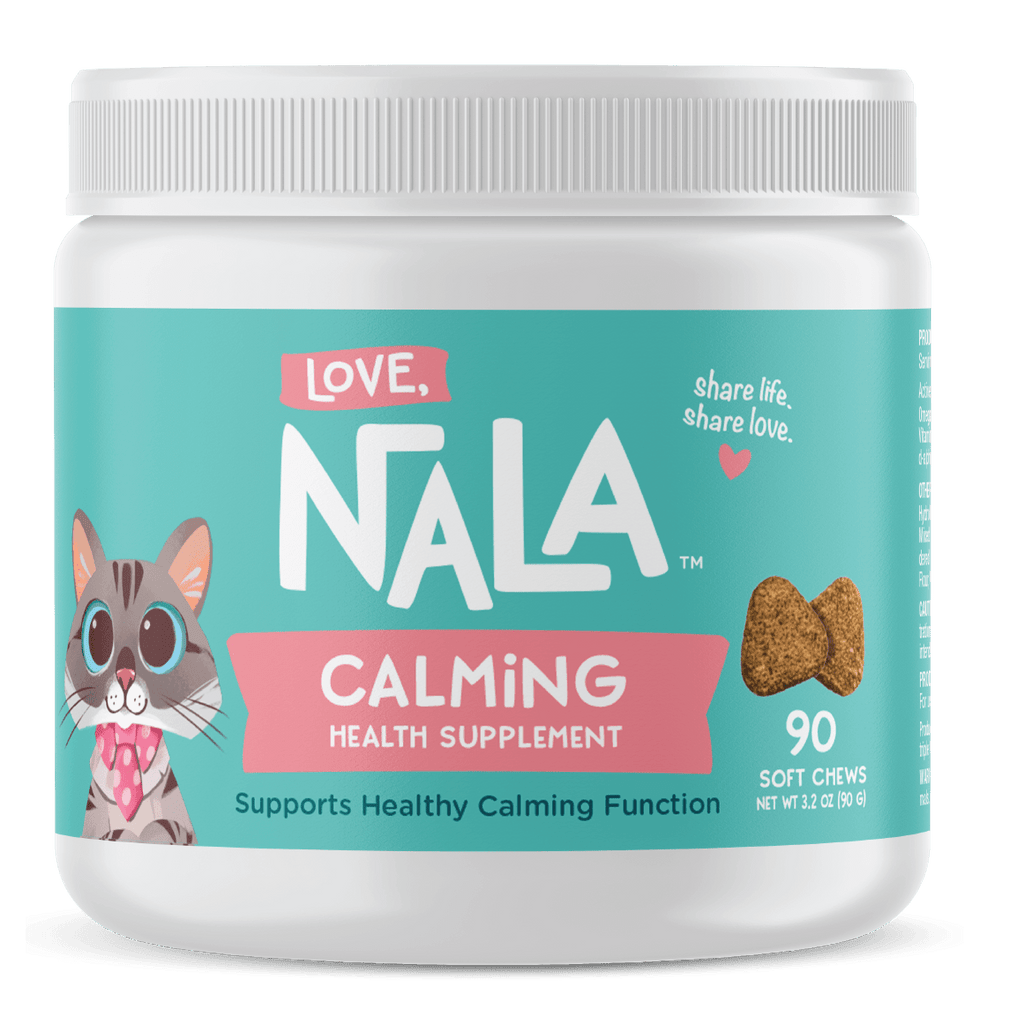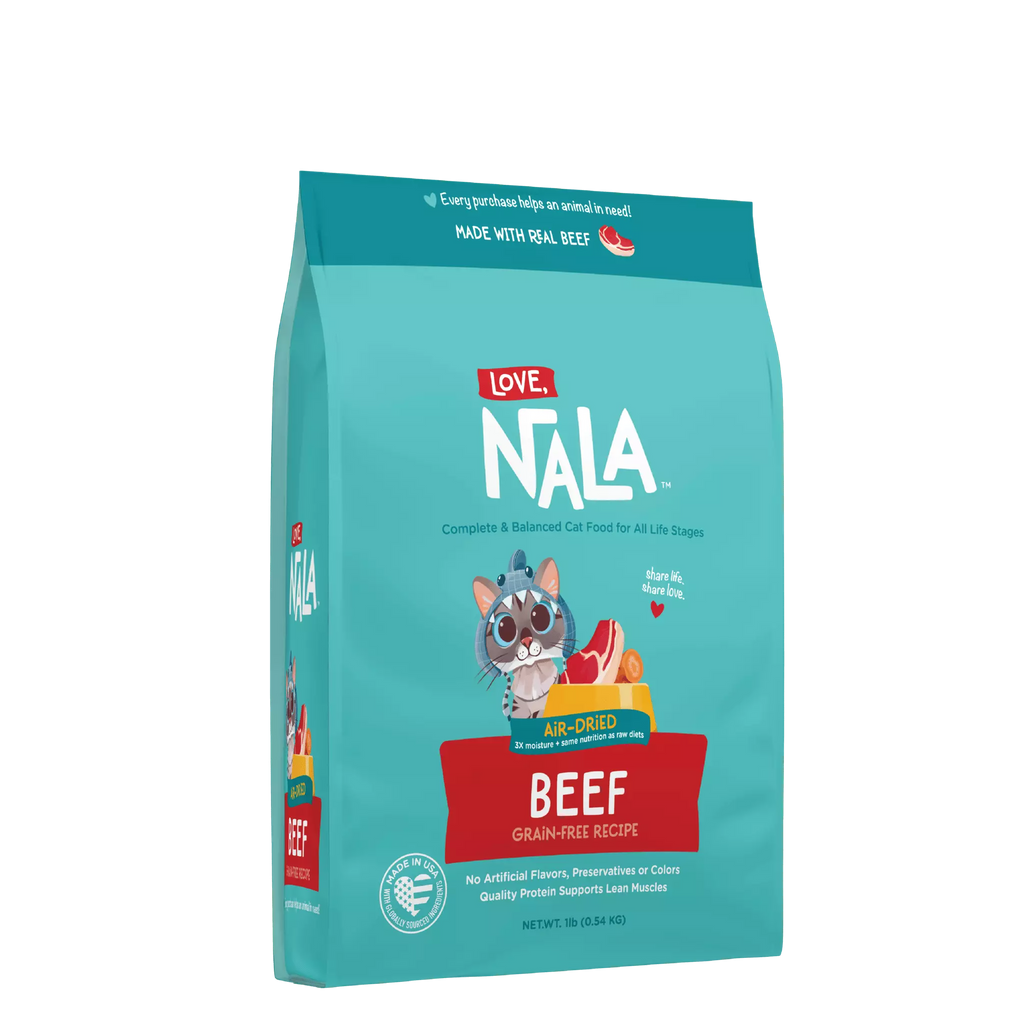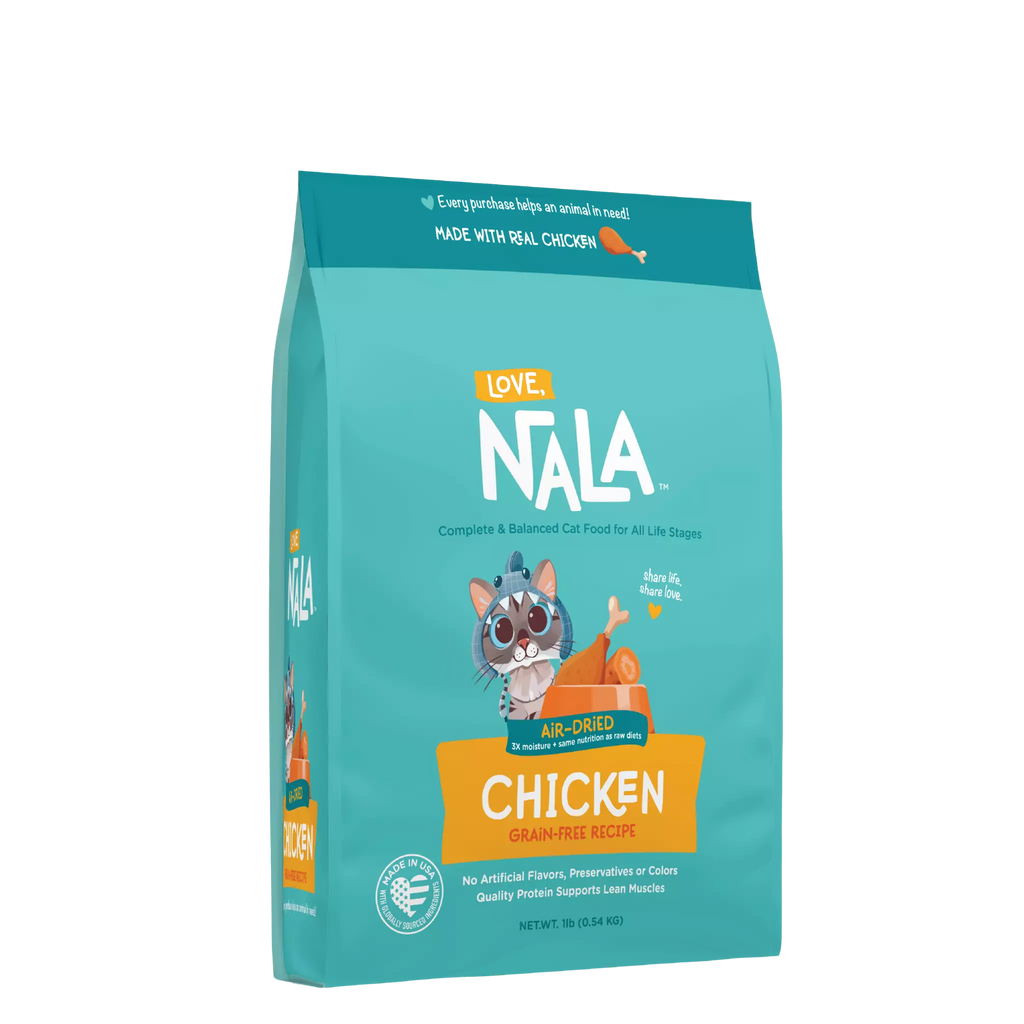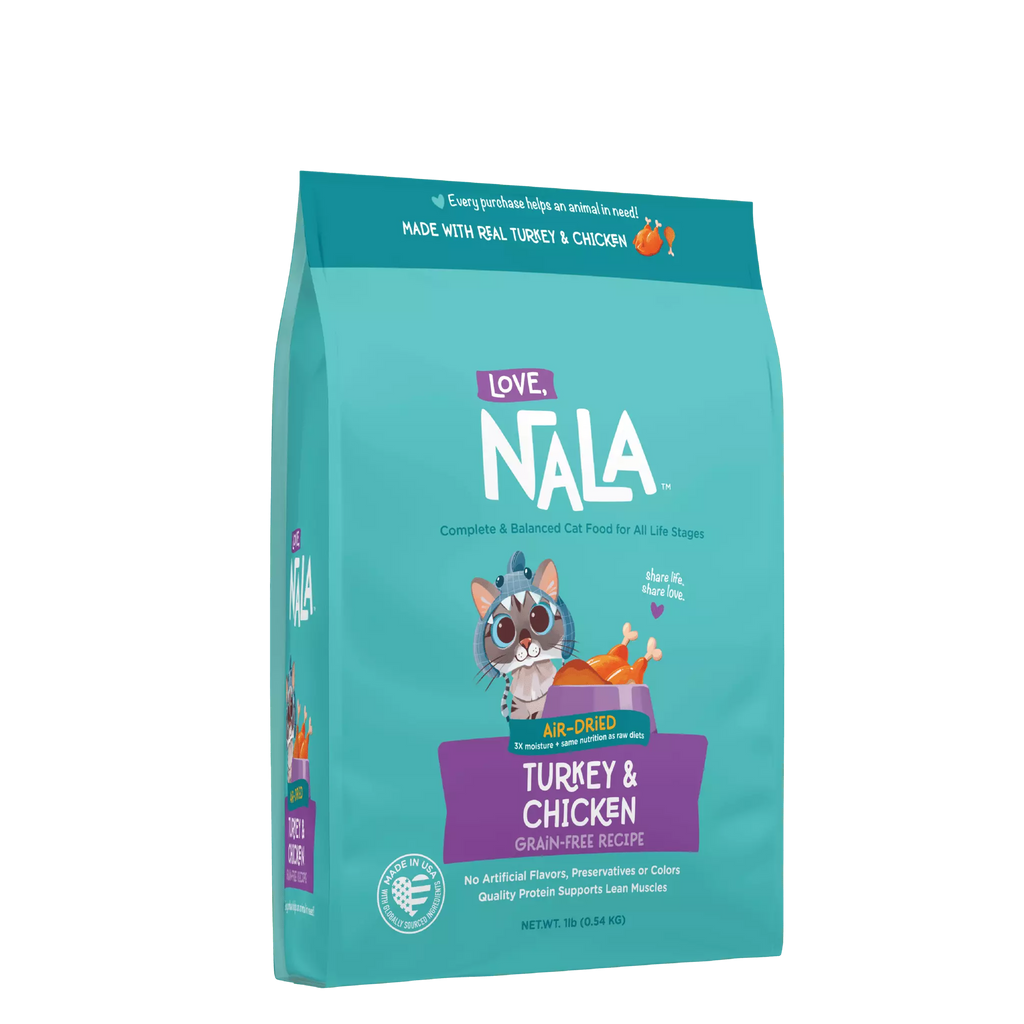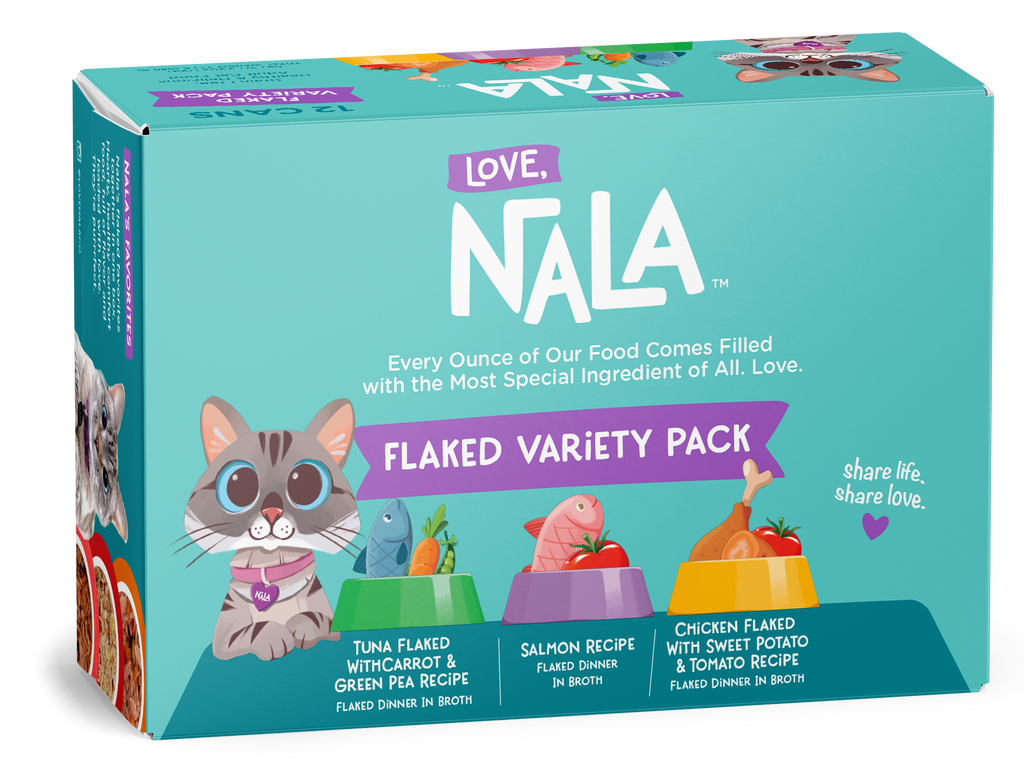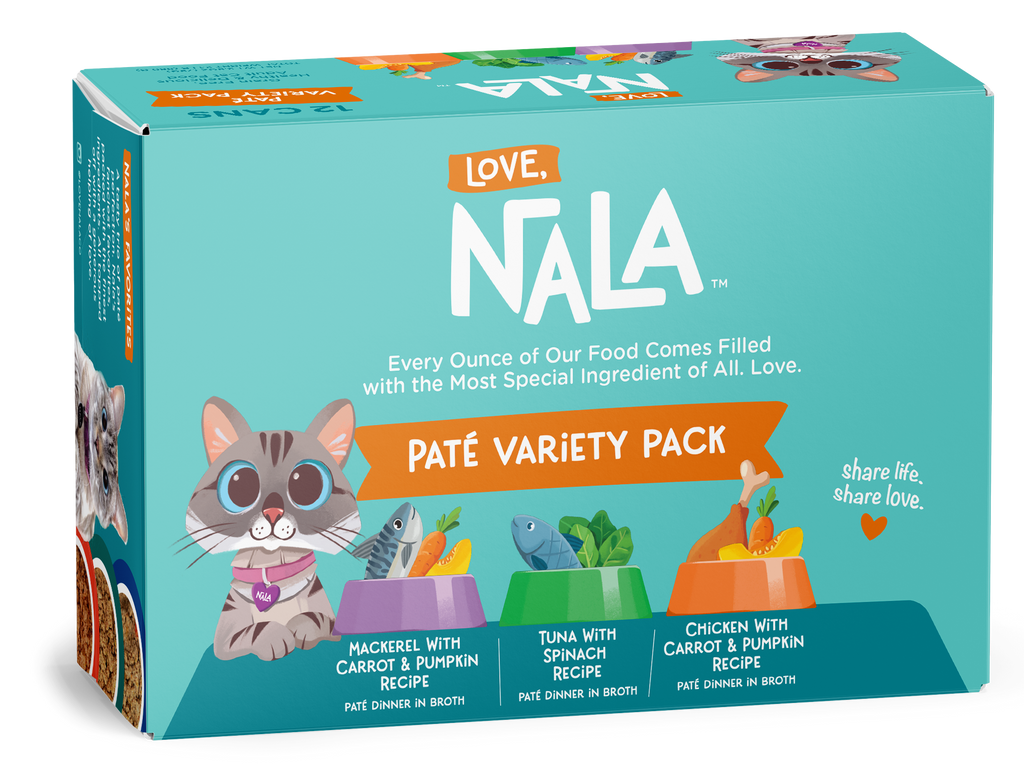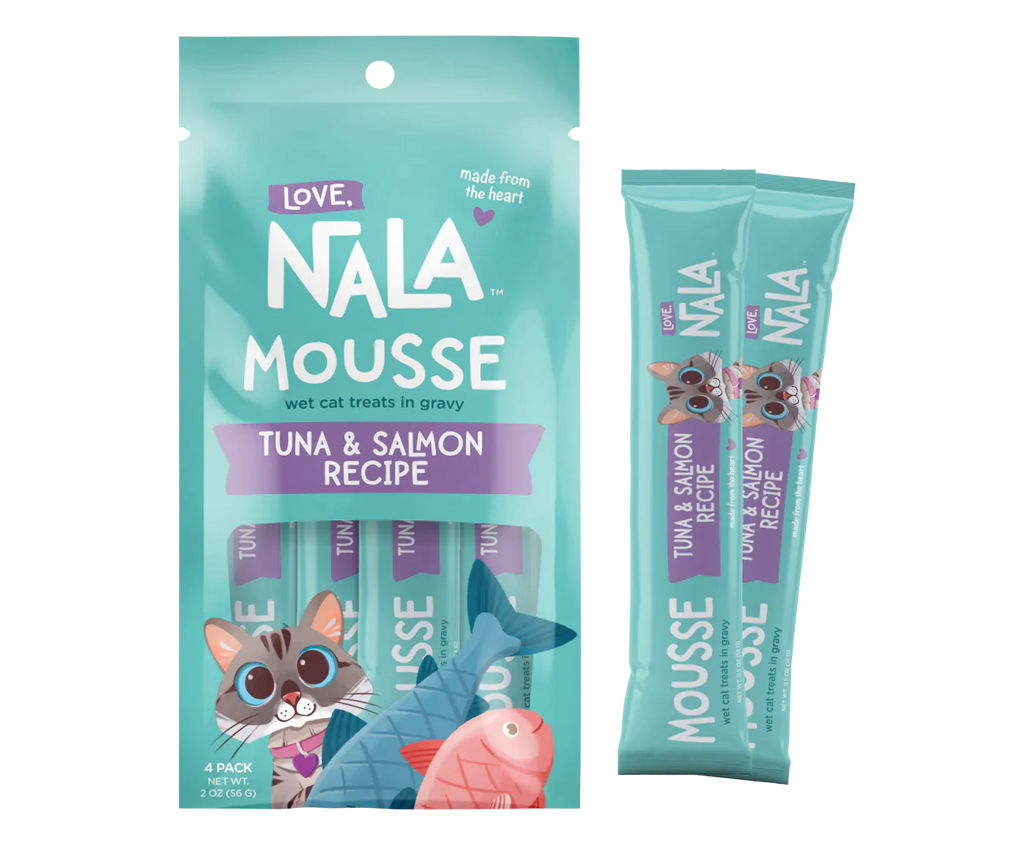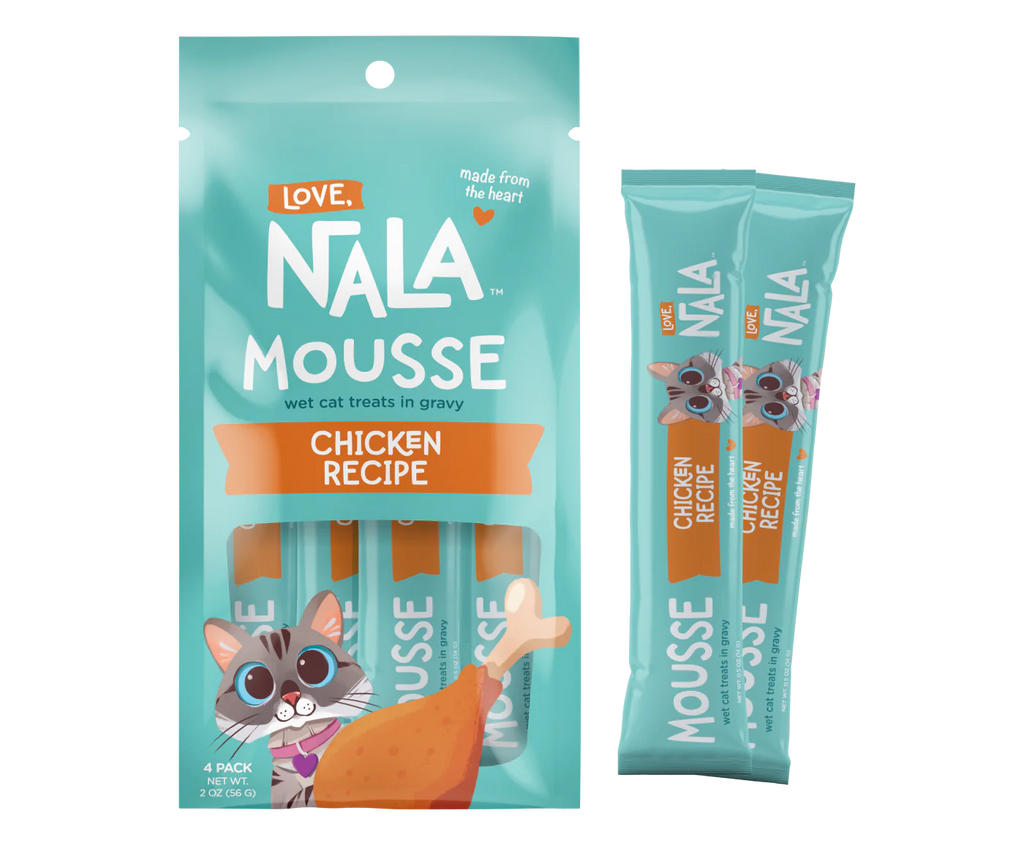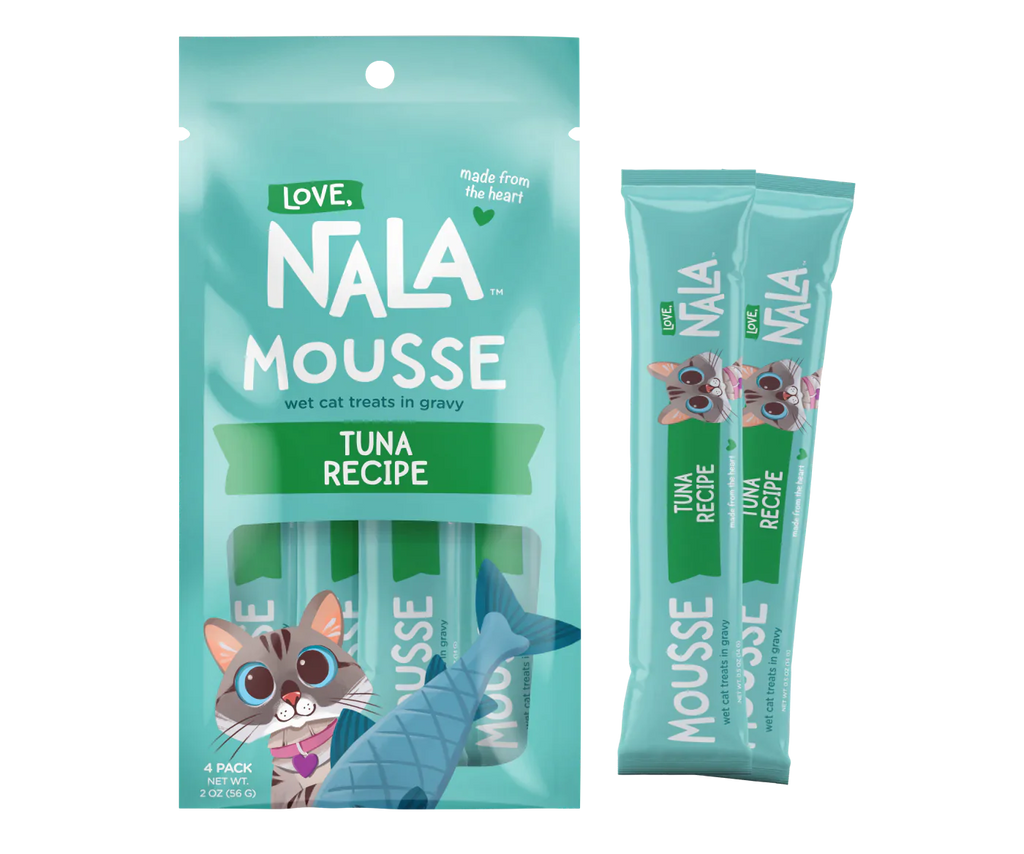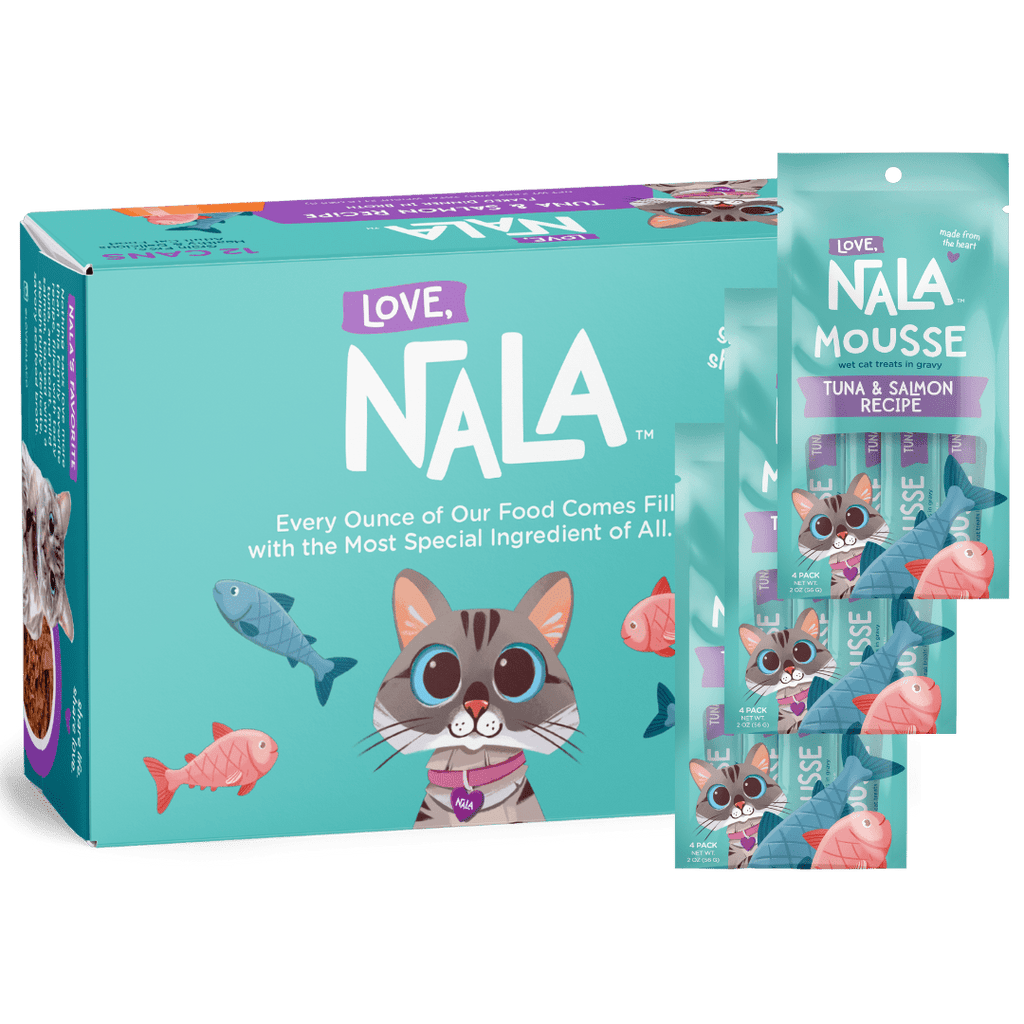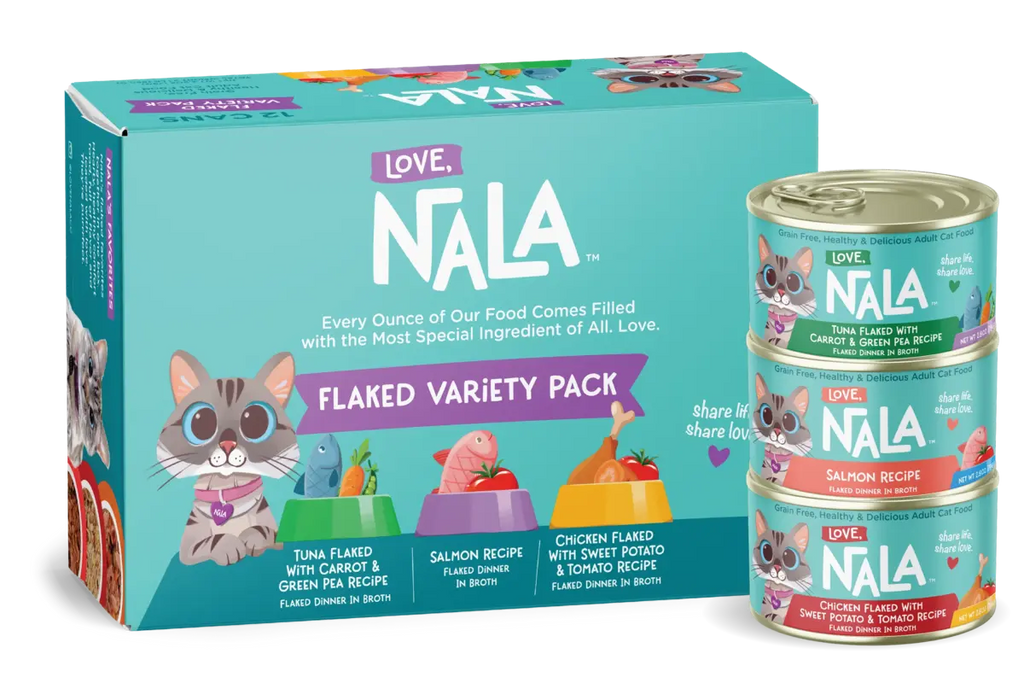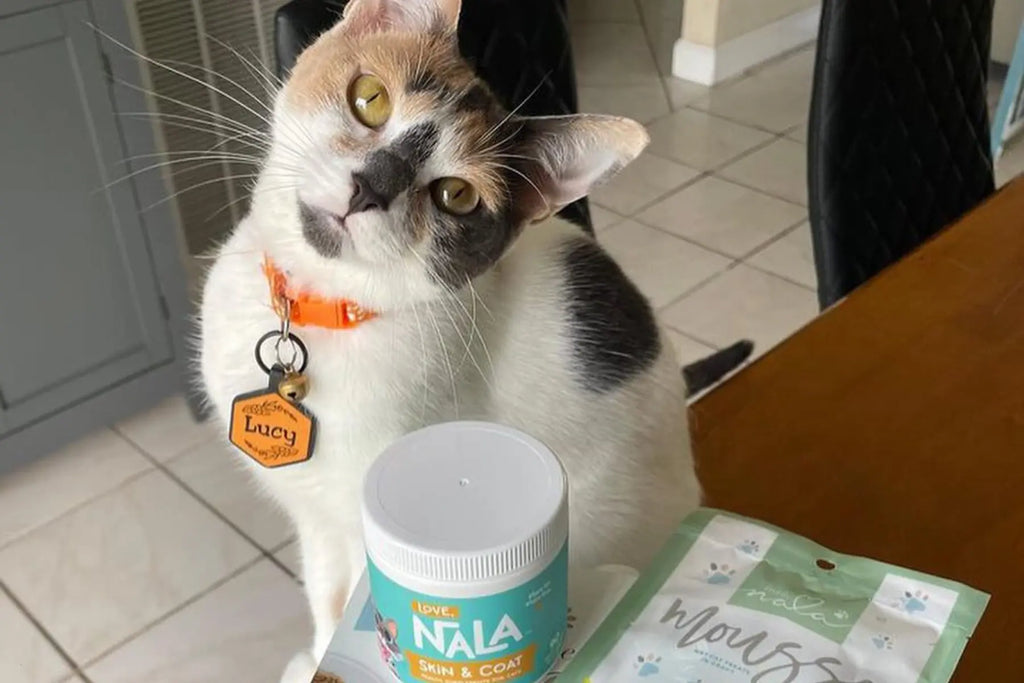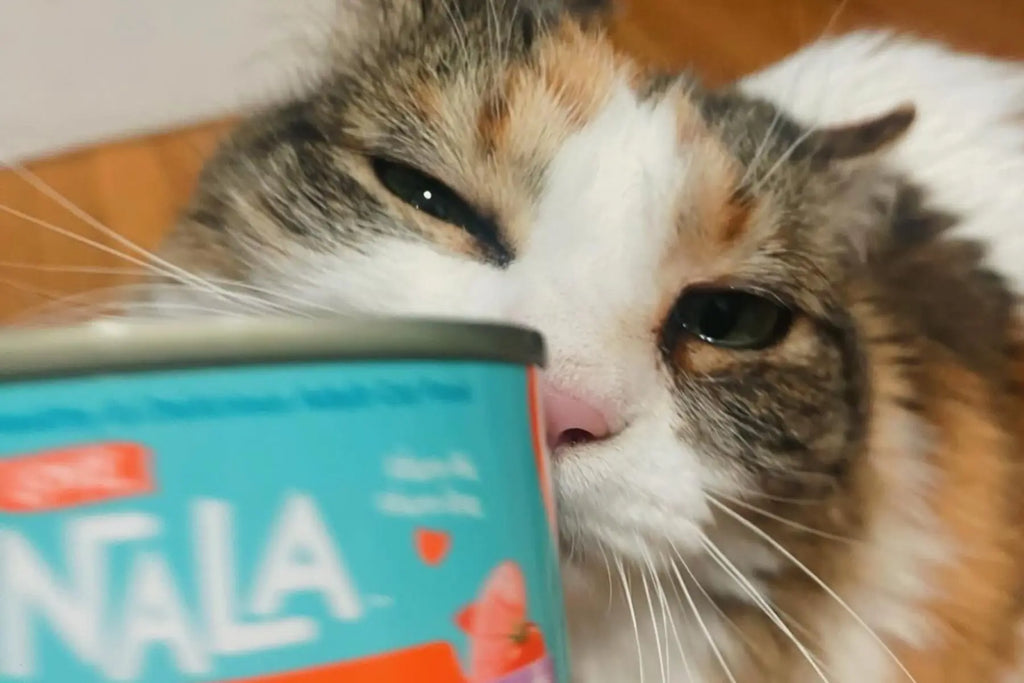Hydrolyzed cat food is designed specifically for cats with sensitive dietary needs. In this type, proteins are broken down into smaller components, known as peptides and amino acids, through a process called hydrolysis. This process ensures that the proteins become small enough to avoid triggering allergic reactions in most cats. Hydrolyzed protein cat food is often recommended by veterinarians for cats that exhibit food sensitivities or allergies to common protein sources found in regular cat foods.

Benefits of Hydrolyzed Cat Food
Supporting Digestive Health
One of the major benefits is its role in promoting digestive health. Cats with sensitive digestive systems often struggle with traditional proteins which can be difficult to break down and assimilate. Hydrolyzed protein, with its smaller peptide structures, is easily absorbed by the digestive tract. This ease of digestion prevents the common symptoms of gastrointestinal distress in cats, such as diarrhea and vomiting, ensuring they receive the full nutritional value of their meals without discomfort.
Alleviates Skin Irritation
For cats experiencing skin irritation due to allergies, this cat food can be a soothing solution. Allergens in food can often lead to itchy, inflamed skin, which causes discomfort and can lead to more serious skin conditions if left untreated. The hypoallergenic nature of hydrolyzed protein helps eliminate these common allergens from the diet, reducing skin irritation and promoting a healthier, shinier coat. Such dietary change can significantly improve the well-being and appearance of your cat.
Sensitive Stomachs
Cats with sensitive stomachs need a diet that is gentle and easy to digest, and cat food for digestive health fits this requirement perfectly. The hydrolyzed protein in these specialized foods is already broken down into its simplest form, which significantly eases the digestive process. This reduces the strain on your cat’s digestive system, preventing common issues like upset stomachs and irregular bowel movements, making it an ideal choice for maintaining their overall gastrointestinal health.
Identifying Signs Your Cat Might Need Hydrolyzed Protein
Common Symptoms
Food allergies can manifest in various ways, impacting different systems of your cat's body. By paying close attention to the early symptoms, you can make timely decisions about dietary adjustments such as switching to cat food for allergies. This may help alleviate discomfort and prevent more serious health issues.
- Excessive Scratching: If your cat is scratching persistently, it may be one of the first indicators of an allergic reaction. This symptom arises from skin irritation or inflammation. The constant scratching can cause the skin to break, leading to potential infections or more severe dermatological issues. It's important to address this symptom promptly by consulting with a veterinarian who can recommend appropriate treatments or dietary changes.
- Increased Grooming: Over-grooming can lead to bald patches and can exacerbate skin damage, potentially leading to secondary infections. Identifying this behavior early on allows for a faster response, potentially involving a diet change to hypoallergenic food that's easier on your cat's system.
- Respiratory Symptoms: Some cats with food allergies might show respiratory symptoms like sneezing, coughing, or wheezing. These symptoms might not always be related directly to food allergies but could indicate an allergic reaction, especially if accompanied by other signs. Respiratory distress in any form should be taken seriously, and a vet visit is recommended to rule out other causes and discuss the possibility of food allergies.
- Gastrointestinal Distress: Frequent vomiting is a clear sign of digestive upset, which may be due to food sensitivities or allergies. These symptoms are particularly concerning if they occur regularly or do not resolve quickly with standard care. A diet free from common allergens can help manage these symptoms, as hydrolyzed protein diets often remove the allergenic components that cause such reactions.
- Behavioral Changes: A cat experiencing discomfort or pain from food allergies may become irritable or lethargic. These behavioral changes are a significant indicator that something is wrong. Observing any shift in your cat's normal behavior, especially if combined with other symptoms listed here, should prompt a visit to the veterinarian for a thorough examination.
Understanding these symptoms and responding to them with appropriate veterinary care and dietary adjustments can significantly improve your cat's quality of life. If you suspect your cat has food allergies, it's important to seek professional advice. A veterinarian can confirm allergies through testing and recommend a specialized diet, such as hydrolyzed protein food, which is designed to minimize allergenic triggers, thereby providing relief and preventing further allergic reactions.
Skin and Coat Problems
Continuing with the theme of allergies, skin and coat problems are significant indicators that your cat may need a diet change. Allergy relief cat food that includes hydrolyzed protein can reduce the occurrence of itchy skin and dandruff, common symptoms in allergic cats. A proper diet ensures that your cat's skin remains healthy and their coat stays shiny and soft, reflecting overall good health and nutrition.
Chronic Digestive Disorders
For cats suffering from chronic digestive disorders, a switch to hydrolyzed cat food can be transformative. These foods are specifically formulated to be gentle on the digestive system, providing relief from symptoms like chronic diarrhea or constipation. The smaller molecular weight of hydrolyzed protein ensures that it is easily absorbed, reducing the work the digestive system has to do and allowing for better overall gut health.
How to Choose the Best Hydrolyzed Protein Cat Food
Key Ingredients to Look For
Selecting the right hypoallergenic cat food is crucial for cats with food sensitivities or allergies. Understanding which key ingredients should be included in hypoallergenic cat food can help ensure that your cat not only avoids allergens but also receives the necessary nutrients for a healthy life.
- Digestible Carbohydrates: Carbohydrates that are easy to digest, such as rice and sweet potatoes, are important in hypoallergenic cat food. These ingredients provide a source of energy that is gentle on a cat’s digestive system. Avoiding complex carbohydrates or grains that can provoke allergic reactions is key. Digestible carbs help maintain steady blood sugar levels and provide essential fiber, which aids in gastrointestinal health and regular bowel movements.
- Essential Fatty Acids: Omega-3 and omega-6 fatty acids are crucial for maintaining healthy skin and a glossy coat. These fatty acids help reduce inflammation, which can be particularly beneficial for cats with skin irritations due to allergies. A diet rich in essential fatty acids can also support cardiovascular health, improve cognitive function, and help reduce other inflammatory processes throughout the body.
- Vitamins and Minerals: A comprehensive blend of vitamins and minerals is vital to support the overall health of cats, especially those on a restricted diet due to allergies. These nutrients support immune function, bone health, and vital organ function. They also help in the healing and repair of bodily tissues and ensure the proper functioning of enzymatic processes.
- Probiotics: Incorporating probiotics into hypoallergenic cat food helps maintain a healthy gut flora, which is crucial for a strong immune system and a healthy digestive tract. Probiotics aid in the digestion and absorption of nutrients and can help manage and prevent diarrhea by balancing intestinal bacteria, which can be disrupted by allergies and other digestive issues.
It's important to consider these ingredients as part of a holistic approach to your cat’s dietary needs. This ensures that the food not only avoids triggering allergies but also supports your cat’s overall health, making them feel better and more energetic.

Dry vs. Wet
Choosing between dry and wet hydrolyzed protein cat food can depend on your cat's preferences and specific health needs. Dry food offers convenience and is effective at keeping teeth clean, but it's low in moisture, which can be a downside for cats prone to urinary tract issues. Wet food, on the other hand, provides much-needed hydration and is often more palatable to cats, which can be crucial for those with picky eating habits. Both forms will provide the necessary hydrolyzed protein, so it ultimately comes down to your cat's health requirements and your lifestyle.
Where to Buy Online
Reliable Online Retailers
Where to order cat food online can be a straightforward task if you know where to look. Several reputable online pet food retailers like Love Nala specialize in hypoallergenic and prescription diets, offering a wide range of options that cater specifically to pets with food sensitivities. These platforms often provide detailed product descriptions, ingredient analysis, and customer reviews, which can help you make an informed decision. Furthermore, purchasing from an established online retailer ensures that you are getting authentic, high-quality products directly from trustworthy sources.
How to Order for Home Delivery
Most online pet food stores streamline their checkout systems to ensure a hassle-free experience. You can often set up recurring deliveries, ensuring that you never run out of cat food, and manage your orders through user-friendly interfaces. These sites typically offer customer support to assist with any questions about the products or the ordering process, making it easy to adjust your order based on your cat’s changing dietary needs.
Finding Discounts and Deals
To find the best deals to buy hydrolyzed protein cat food, keep an eye on various online promotions and discounts that retailers offer throughout the year. Signing up for newsletters can provide you with early access to sales and exclusive offers. Buying in bulk or subscribing to regular deliveries often comes with price reductions that make these specialized products more affordable over time. It's worth comparing prices across different sites to ensure you are getting the best value for your purchase.
Comparing Shipping Option
When you buy cat food online, considering the shipping options available is crucial. Many retailers offer different methods ranging from standard to expedited shipping, allowing you to choose based on how quickly you need the product. It’s important to review the shipping costs and delivery times provided by each retailer, as these can vary significantly. Some online stores might even offer free shipping if your order meets a certain amount, which can be an additional saving for regular purchases.
Transitioning Your Cat to A New Diet
Gradually Introducing to Your Cat’s Diet
Introducing a new diet, especially one like the best hypoallergenic cat food, requires a careful and gradual approach to ensure your cat adjusts without experiencing distress or rejection of the new food.
- Day 1-3: Begin the diet transition by integrating a small portion of hydrolyzed protein cat food with the familiar food. This initial 25% serves as a gentle introduction, minimizing the risk of digestive upset. It’s vital to closely monitor your cat's reaction to the new mixture. Look for signs of acceptance or any adverse reactions, such as reduced appetite or gastrointestinal distress, which might indicate a need for an even slower transition.
- Day 4-6: By the fourth day, increase the hydrolyzed protein content to half of the food mix. This step is crucial for acclimatizing your cat's digestive system to the new diet. The equal proportion of new to old food helps blend the flavors and textures, making the new diet more palatable. Continued observation during this phase is important to ensure that the transition is proceeding smoothly without causing stress or health issues.
- Day 7-9: Gradually phase out the old diet by increasing the hydrolyzed protein food to three-quarters of the mix. This significant shift further accustoms your cat to the new diet's taste and health benefits. At this stage, it's critical to ensure that your cat is not only eating the food but also digesting it well without any signs of allergy or intolerance, such as itching or excessive grooming.
- Day 10 Onwards: Completing the transition, switch entirely to the hydrolyzed protein cat food. This final step marks your cat's full adjustment to their new diet. Continue to monitor their overall health, energy levels, and stool quality. Any negative changes should prompt a consultation with your veterinarian to address potential issues or reconsider the dietary choice.
Ensuring a smooth transition can help prevent any dietary issues and make the change a positive experience for your cat.
Adjusting Portions to Suit the New Diet
You may need to adjust the portion sizes. The caloric content of hydrolyzed protein food can differ from that of regular cat food, and your cat’s energy needs may change with their new diet. As emphasized before, consultation with a veterinarian can guide the appropriate portion sizes to maintain optimal health and body weight.

Hydrolyzed protein cat food represents a significant advancement in dietary options for cats with allergies and sensitivities. This type of food offers a unique solution by breaking down proteins to such a degree that the immune system does not recognize them as allergens, thereby reducing the potential for allergic reactions. Its benefits extend beyond just allergy relief, promoting better digestive health, improved skin and coat condition, and overall well-being for cats who may struggle with traditional diets. By incorporating this diet, you are providing your cat with a meal that is not only nourishing but also tailored to minimize discomfort and enhance their quality of life.
